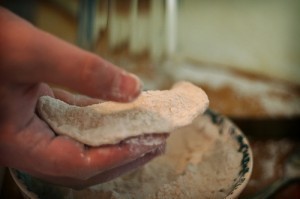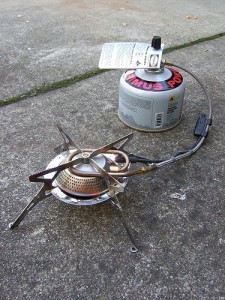What is a ‘Pinch of Flour’?
Taking proper measurements is very useful in cooking. If you want to manage the art and skill of cooking the family meal, you have to know how to follow recipes and recipes usually refer to different weights and measurements.
Interestingly, cookbooks of old did not specify precise quantities. A teaspoon of this, a cup of that, and ounces and pounds of everything else are the norm now. But in the old times, it is only about a pinch of this, a nice leg of that, a drop of those, and sufficient amounts of other ingredients. In case, you come across this old style of specifying measurements, you should not wonder because we will give you some tips on how to crack the codes, especially in terms on a ‘pinch of flour’.
How Much is a ‘Pinch of Flour’?
A ‘pinch of flour’ has no accurate measurement because it depends on how big your pinch is. It usually depends on your judgment. But if you really want a more sensible measurement, a ‘pinch’ should not be so much. It’s just a small amount, a fraction of a spoon, or simply about ¼ or ½ teaspoon of flour, again, depending on how big your pinch is.
Other Related ‘Flour’ Concerns
If your recipes usually require just a ‘pinch of flour’, a common kitchen problem usually comes up and that is storage. How to secure that the flour in your pantry will last for the long term without having any unwanted visitors or invaders like bugs and other insects.
One good tip is to ensure that your flour is kept safely in a secure plastic bag. Make sure that it is not only durable but also in food grade variety. Most flours in supermarkets come in paper packages. In that case, you will have to put the entire paper bag into a food grade plastic.
When sealing your plastic containing the flour, empty it with air. Then, it would be ready to be placed in the freezer. Putting it in the freezer for two days will help kill any insect eggs that it may contain. After that, you can transfer it into a container with a tight lid. If you store your flour well, kept it away from direct sunlight, or possible insect invasion, it can last for up to seven months. That would mean saving a lot of money in the long run. Plus, it will give you less of the inconvenience of coming back to the store whenever you need a thickening agent for your recipes.





